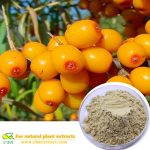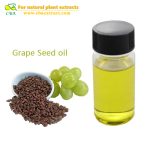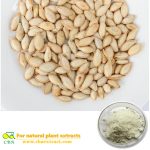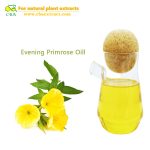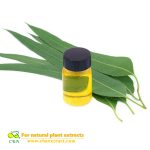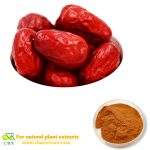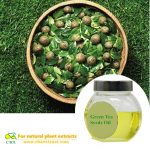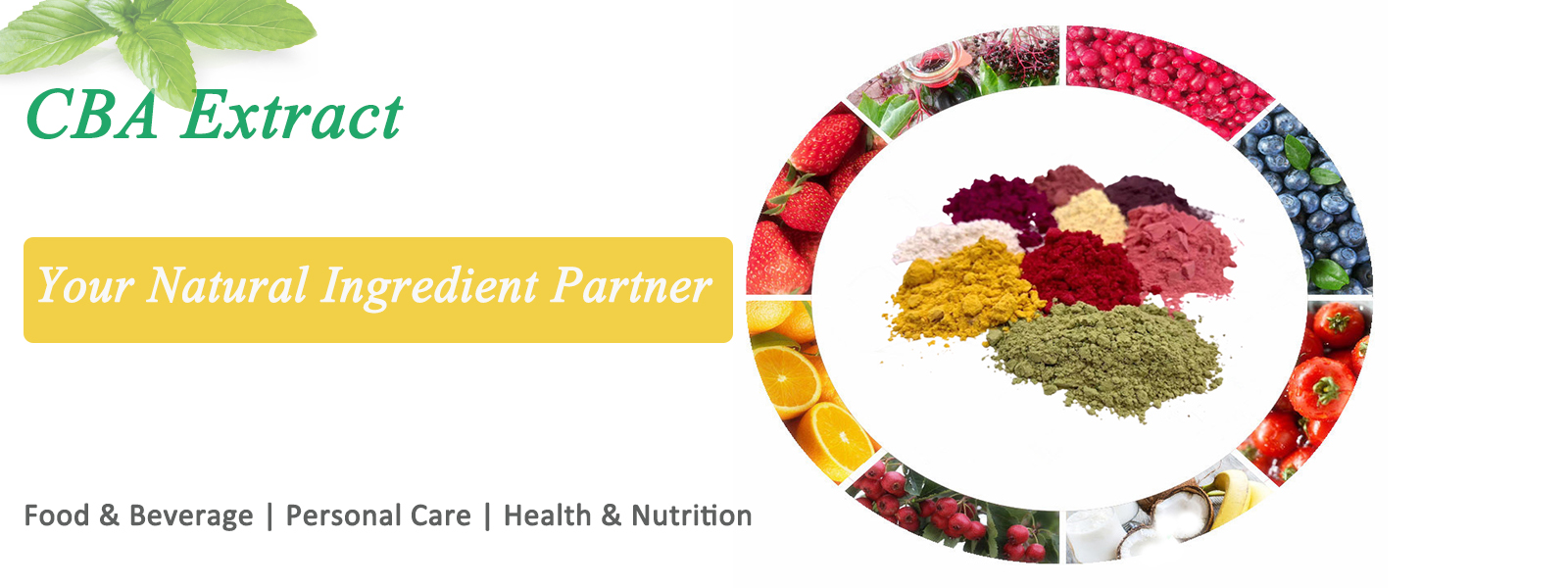

SHANGHAI CBAGRO CO., LTD | Professional nature plant extracts manufacturer and supplier|
Sea buckthorn seed oil
High-quality Sea buckthorn seed oil
Extract Type: supercritical CO2 extraction
Part: Wild seabuckthorn seed
Grade:100% purity at top quality
Main Ingredient: palmitic acid; stearic acids; oleic acid; linoleic acid; linolenic acid; carotene; serotonin; hemin, VE, VA; SOD; flavonoids
Tumor and cancer nemesis: The 5-hydroxytryptamine in sea buckthorn fruit has very high anti-tumor activity.
Introduction:
Sea buckthorn in the genus hippophae, family Elaeagnaceae, is mainly distributed in the north, northwest, and northeast of China.
Sea buckthorn is tested by nutritionists sea buckthorn contains rich protein, fat, carbohydrate, vitamins, mineral substances, among which, the content of VC, VE, and VA is nearly the most among all fruits and vegetables, especially the content of VC, the content of VC is 3-4 times of kiwifruit, 10-15 times of orange, 20 times of hawthorn, 200 times of grape. In addition, seabuckthorn also contains some vitamin B1, B2, B6, B12, K, D, folic acid, niacinamide, and 24 trace elements, etc (phosphor, ferrum, magnesium, manganese, kalium, calcium silicate, copper, etc). So sea buckthorn is called vitamin's treasury. Often eating sea buckthorn can help to relieve muscles, promote blood circulation, build a strong body, prolong life, promote digestion, reduce blood cholesterol, relieve angina, arrest coughing, prevent acute or chronic trachitis, sea buckthorn also can resist radiation and prevent cancer, etc.
Function;
1.Prevent cardiovascular disease, myocardial infarction, and cerebral infarction
2.Protect liver
3.Prevent neurosis, remove fatigue
4.Improve life quality of people with cancer: relieve side effect of chemotherapy and radiotherapy mitigate the damage of intestines, stomach, liver and kidney, abate pains
Applications:
Dietary supplements, health foods, drugs, cosmetics
Certification:
| Test items(%) | Detection method | Test results |
| Moisture and volatile matter% | GB/T 5528-2008 | 0.06 |
| Insoluble impurities | GB/T 5529-1985 | 0.01 |
| Acid value(KON)/(mg/g) | GB/T 5530-2005 | 0.6 |
| peroxide number(mmol/kg) | GB/T 5538-2005 | 2.4 |
| Refractive index | GB/T 5527-2010 | 1.4783 |
| Fatty acid composition | GB/T 17376-2008 GB/T17377-2008 | ___ |
| Myristic acid/% | __ | 0.1 |
| Palmitic acid/% | __ | 8.4 |
| Palm monoacid/% | __ | 0.6 |
| Hexadecanoic acid/% | __ | ND |
| Heptadecenoic acid/% | __ | ND |
| Stearic acid/% | — | 2 |
| Oleic acid/% | — | 24 |
| Linoleic acid/% | — | 37.9 |
| Linolenic acid | — | 26.9 |
| Arachidic acid | — | 0.2 |
| Peanutic acid | — | ND |
| Peanutenoic acid | — | ND |
| Behenic acid | — | ND |
| Erucic acid | — | ND |
| Dodecadienoic acid | — | ND |
| Wood tar acid | — | ND |
| Twenty-four-carbituric acid | — | ND |
